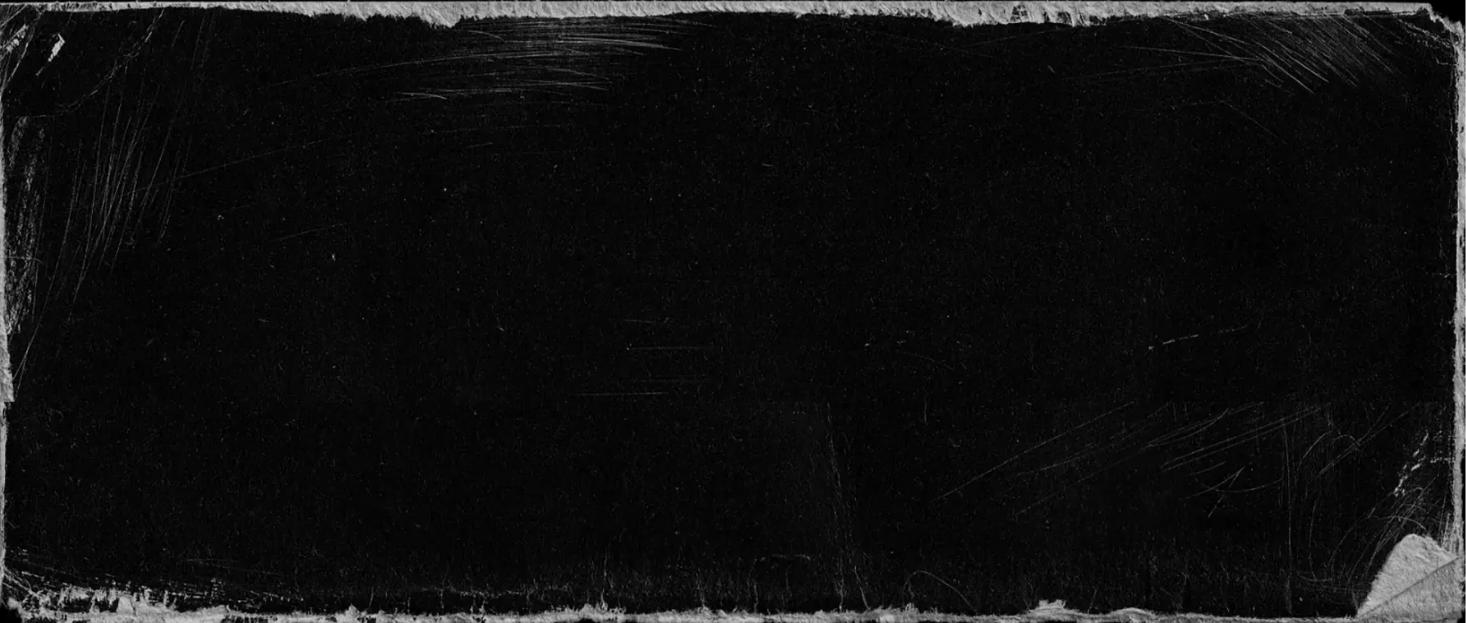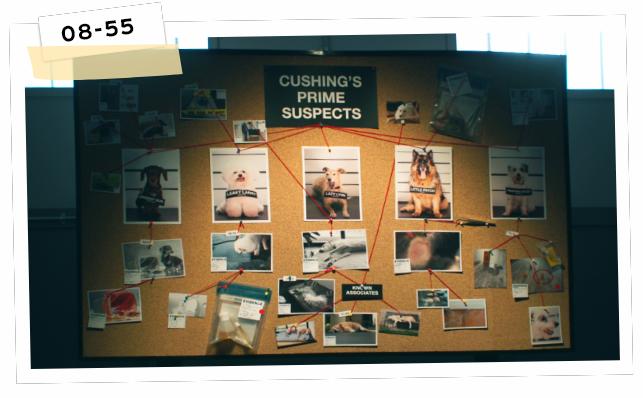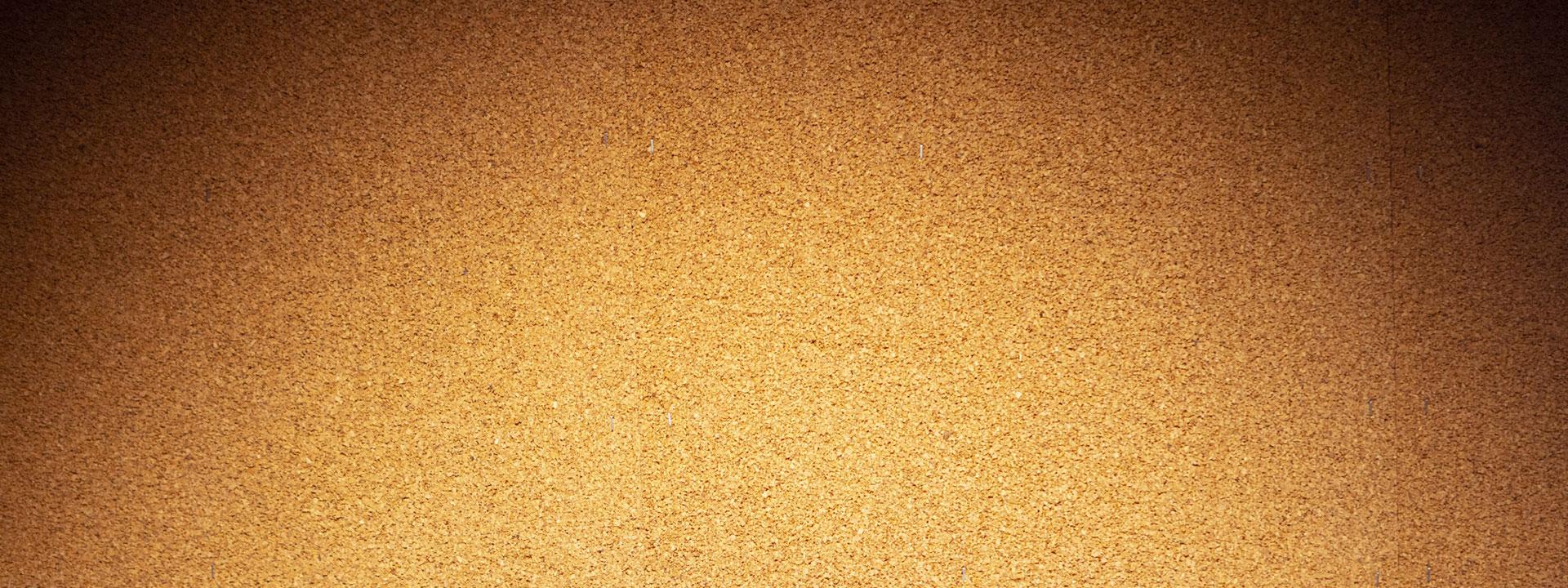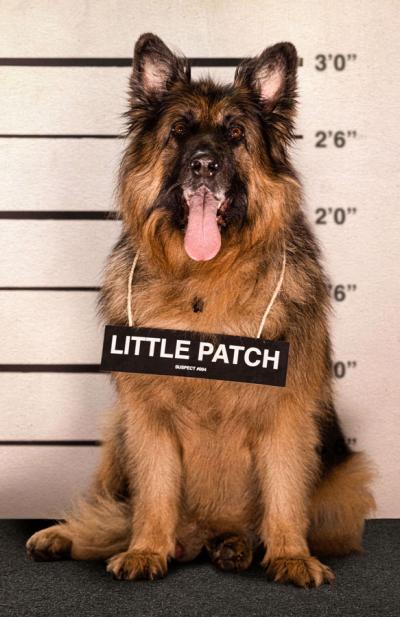What happens if Cushing's is not caught?
The major impact of Cushing’s is a reduction in the quality-of-life of dogs with the condition. As Cushing’s can progress over time, the symptoms your dog may be displaying, for example tiredness, increases in thirst and urinating inside, are likely to worsen without treatment. There are also a number of potentially life-threatening conditions which can occur as a result of Cushing’s. These include
- Diabetes mellitus
- High blood pressure
- Pancreatitis (inflammation of the pancreas)
- Infections of the kidneys and urinary tract
- Pulmonary thromboembolism (blood clots in the lung)
Trilostane and Cushing's syndrome
Cushing’s can be successfully treated using medication allowing your dog’s health to be restored. Trilostane is a drug that reduces the production of the hormone cortisol by the adrenal glands.
- Diabetes mellitus
- High blood pressure
- Pancreatitis (inflammation of the pancreas)
- Infections of the kidneys and urinary tract
- Pulmonary thromboembolism (blood clots in the lung)
Other treatment options
There are surgical options for the treatment of Cushing’s. This will involve either an operation in the abdomen to remove the affected adrenal gland, or less commonly surgery through the roof of the mouth to access the base of the brain – where the pituitary gland itself is then removed. All options have advantages and disadvantages, and not all options will be available for every pet. The exact treatment regimen for your vet will be determined based on your individual circumstances. We therefore recommend that you discuss with your vet which is the best treatment for your pet.
Does Trilostane have any side effects?
Trilostane is well-tolerated by most dogs.
If your dog develops any signs of illness after taking trilsotane– such as lethargy, vomiting, diarrhoea and going off food, stop treatment immediately and contact your veterinary surgeon as soon as possible.
However, it may be the case that treatment with trilostane may reveal other underlying conditions which were previously suppressed by the excess of cortisol. Examples of conditions which may worsen after treatment with trilostane include arthritis and allergic skin disease.
Further treatment for these conditions may be required and we advise that you contact your veterinary surgeon if you have individual concerns about your pet.
Watch the video below to view Professor Stijn Niessen explain the potential complications with treatment.
Tips for using trilostane
- Give trilostane capsules with food
- Don’t spilt the capsules
- Monitor your dog’s symptoms of Cushing’s
- Contact your veterinary surgeon immediately if your dog stops eating, drinking or urinating or becomes unwell while on trilostane
- Wash your hands after using trilostane
- Don’t handle trilostane capsules if you are pregnant, or planning to become pregnant
- Don’t give a double dose if you have forgotten a dose before. Consult your veterinary surgeon
- Ensure you continue giving your dog the prescribed dose of trilostane
Does your dog require a special diet for treatment?
Cushing’s requires either medical or surgical treatment to be successfully managed, and diet change isn’t required for a successful outcome.
However, your veterinary surgeon may also suggest some nutritional support such as a special Endocrine diet tailored specifically to support dogs with a hormonal disorder.
For further information on Dechra’s endocrine support diet please click here

Investigate your dog’s improvement
Every dog’s experience with Cushing’s – and doses of trilostane– is different. Keeping a detective’s eye on your dog is key. Explore how you and your vet will assess your dog’s response to Cushing’s and treatment.



